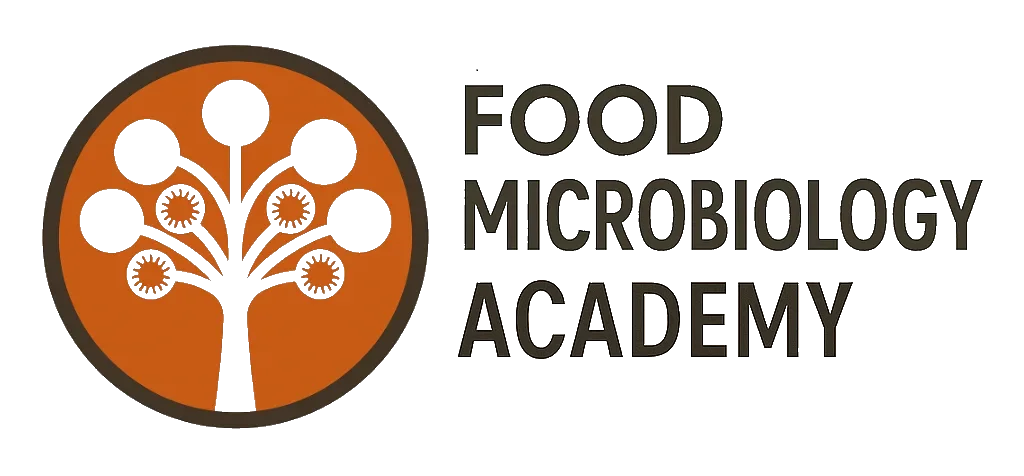Decades of widespread antibiotic use in food production animals have given rise to a global problem with far-reaching implications for human health, animal welfare, and environmental sustainability. The practice of administering antibiotics to livestock and poultry was initially embraced for its perceived benefits in promoting growth and preventing diseases within crowded and often unsanitary conditions. However, the unintended consequences of this routine antibiotic use have triggered a multifaceted crisis.
The overuse and misuse of antibiotics in food production has been a primary driver of antibiotic resistance, a global health crisis that jeopardises the effectiveness of these crucial drugs in treating bacterial infections. The constant exposure of bacteria to low levels of antibiotics in animal agriculture creates an environment where bacteria can develop resistance mechanisms. Resistant bacteria can then spread to humans through the consumption of contaminated food products, direct contact with animals, or exposure to contaminated environmental sources.
The transmission of antibiotic-resistant bacteria from food animals to humans poses severe risks to public health. Resistant infections are more challenging to treat, often requiring stronger and more expensive antibiotics with increased potential for adverse side effects. In extreme cases, antibiotic-resistant infections can result in prolonged illnesses, increased mortality rates, and a higher burden on healthcare systems. The World Health Organization (WHO) has identified antibiotic resistance as a global threat that requires urgent attention and coordinated efforts across sectors.
How to transform animal agriculture
In recent years, a revolutionary shift has been occurring in animal agriculture as probiotics gain prominence as alternatives to traditional antibiotics. Fueled by concerns over antibiotic resistance, environmental impact, and consumer demand for sustainable practices, the use of probiotics is reshaping the landscape of livestock and poultry farming. This article explores the reasons behind this transformation, the benefits of probiotics, and the challenges and opportunities they present for animal agriculture.
The antibiotic conundrum
- Antibiotic Resistance Concerns
The overreliance on antibiotics in animal agriculture has raised substantial concerns about the development of antibiotic-resistant bacteria. This poses a significant threat to both animal and human health, as antibiotic-resistant infections become more challenging to treat.
- Environmental impact
The use of antibiotics in livestock farming has also been linked to environmental issues. Antibiotics excreted by animals can enter water systems, contributing to the development of antibiotic-resistant strains in the environment and potentially impacting ecosystems.
The emergence of Probiotics
- Understanding probiotics
Probiotics are beneficial microorganisms, typically bacteria or yeast, that confer health benefits when consumed in adequate amounts. In animal agriculture, these microorganisms are used to promote a balanced gut microbiota, enhance digestion, and support overall animal health.
- Gut health and performance
Probiotics play a crucial role in maintaining a healthy gut microbiome in animals. A balanced gut microbiota is associated with improved nutrient absorption, enhanced immune function, and better overall performance. As a result, animals supplemented with probiotics often exhibit increased weight gain, improved feed conversion rates, and reduced susceptibility to diseases.
Benefits of probiotics in animal agriculture
- Disease prevention
Probiotics contribute to disease prevention by promoting a robust immune system and creating an environment in the gut that is less conducive to pathogenic bacteria. This reduces the need for antibiotics to treat and prevent diseases in animals.
- Improved feed ffficiency
Probiotics enhance the efficiency of nutrient utilization in animals, leading to improved feed conversion rates. This not only benefits farmers economically but also aligns with sustainable farming practices by reducing the environmental impact associated with excessive feed use.
- Reduction in antibiotic use
One of the most significant advantages of probiotics in animal agriculture is their potential to replace or reduce the reliance on antibiotics. This shift aligns with global efforts to combat antibiotic resistance and addresses consumer preferences for products raised without the routine use of antibiotics.
Challenges and opportunities
- Strain selection and standardisation
Selecting effective probiotic strains and standardizing their use present challenges in the field. Research is ongoing to identify strains that provide consistent benefits across different animal species and production systems.
- Regulatory frameworks
The integration of probiotics into animal agriculture necessitates the development of clear regulatory frameworks. Establishing guidelines for probiotic use, quality control, and labeling ensures both efficacy and consumer confidence in these emerging practices.
- Education and adoption
Farmers must be educated about the benefits and proper use of probiotics to encourage widespread adoption. Outreach programs, training initiatives, and collaborative efforts between researchers and the agricultural industry play a crucial role in facilitating this transition.
Conclusion
The transition from antibiotics to probiotics in animal agriculture marks a significant step toward sustainable and responsible farming practices. As concerns over antibiotic resistance and environmental impact intensify, probiotics offer a promising solution to enhance animal health, improve performance, and meet the growing demand for responsibly produced animal products. The ongoing research, regulatory developments, and educational initiatives surrounding probiotics in animal agriculture underscore a transformative journey that prioritises the well-being of animals, human health, and the environment.



